Running Power to storage shed.
doorguy06
16 years ago
Featured Answer
Comments (27)
Ron Natalie
16 years agobigbird_1
16 years agoRelated Professionals
Delhi Electricians · Murraysville General Contractors · Holly Hill General Contractors · Mankato General Contractors · Mobile General Contractors · Roselle General Contractors · Saginaw General Contractors · Waterville General Contractors · Wheaton General Contractors · Wolf Trap Handyman · Montclair Solar Energy Systems · Verona Solar Energy Systems · Birmingham Home Automation & Home Media · Pasadena Home Automation & Home Media · Yeadon Home Automation & Home Mediadoorguy06
16 years agobigbird_1
16 years agodoorguy06
16 years agogilshultz
16 years agobigbird_1
16 years agoRon Natalie
16 years agogilshultz
16 years agopetey_racer
16 years agogilshultz
16 years agobikerbob7
15 years agogblentz
15 years agojmvd20
15 years agobigbird_1
15 years agosteve_fl
15 years agopharkus
15 years agoov_cabaniss_yahoo_com
13 years agocdub198122_msn_com
13 years agoDavidR
13 years agoclaymation_cville_net
12 years agoashburn.steven.sa
10 years agoRon Natalie
10 years agoashburn.steven.sa
10 years agoBruce in Northern Virginia
10 years agoRon Natalie
10 years ago
Related Stories
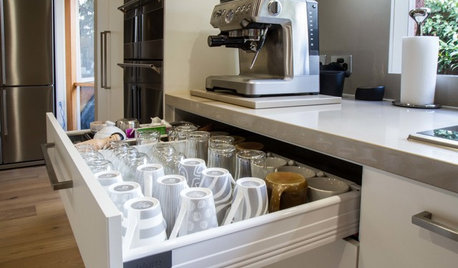
KITCHEN STORAGEPulling Power: Clever Drawer Tactics for a Kitchen
It’s not how many drawers you have in your kitchen; it’s how they work for you
Full Story
DISASTER PREP & RECOVERYMore Power to You: How to Pick the Right Generator
If your home's electricity goes, don't let it take your necessities with it — keep systems running with this guide to backup power
Full Story
MONTHLY HOME CHECKLISTSJanuary Checklist for a Smooth-Running Home
Need help beating the postholiday blues? Launch the new year with some tidying, safety steps and maybe birdseed, too
Full Story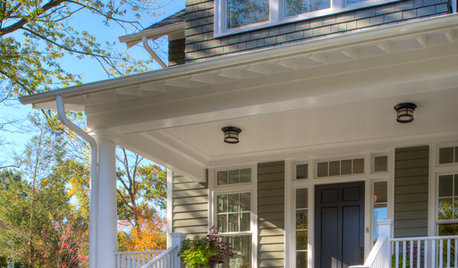
MONTHLY HOME CHECKLISTSOctober Checklist for a Smooth-Running Home
You're due for some winterizing, like clearing rain gutters and stowing swimsuits — but leave time for a fun project
Full Story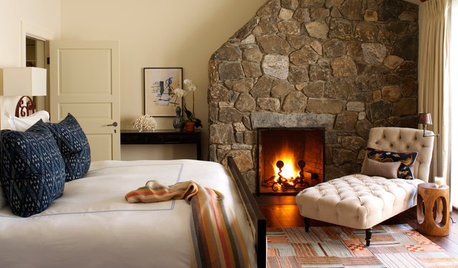
MONTHLY HOME CHECKLISTSSeptember Checklist for a Smooth-Running Home
Get ready to get cozy at home with snuggly blankets, well-stocked firewood, added insulation and more
Full Story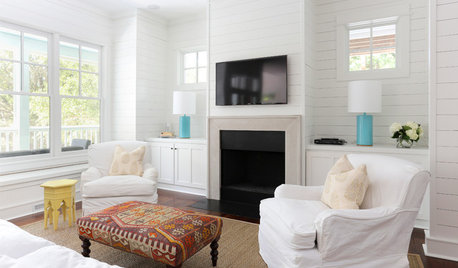
MONTHLY HOME CHECKLISTSYour May Checklist for a Smooth-Running Home
Sail through the rest of spring by spiffing up your home and getting down in the backyard with friends
Full Story
LIFEHow to Prepare for and Live With a Power Outage
When electricity loss puts food, water and heat in jeopardy, don't be in the dark about how to stay as safe and comfortable as possible
Full Story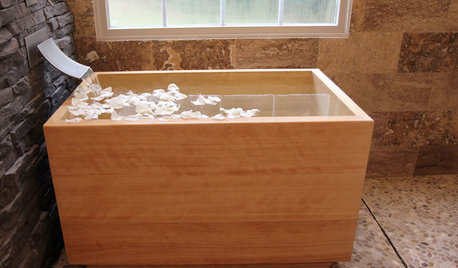
BATHTUBSRoom of the Day: Restorative Power of a Japanese Soaking Tub
A traditional tub made of hinoki wood sets a calming tone in this master bath renovation
Full Story
MOST POPULARHow to Add a Backyard Shed for Storage or Living
Need a home office, a playspace or extra room for your stuff? Learn about off-the-shelf, prefab and custom sheds
Full Story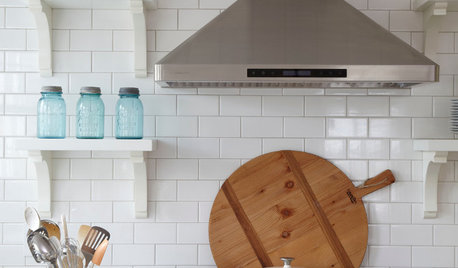
HOUSEKEEPINGMarch Checklist for a Smooth-Running Home
Get a jump on spring by spiffing up surfaces, clearing clutter and getting your warm-weather clothes in shape
Full Story








Ron Natalie